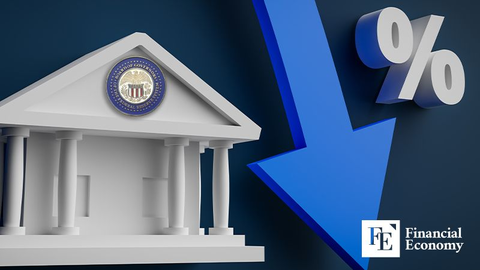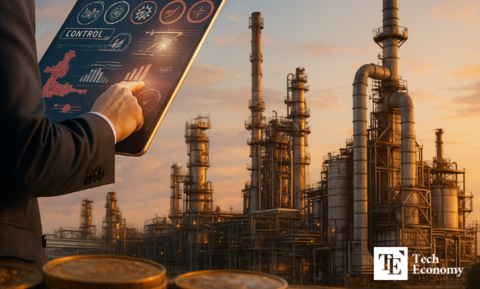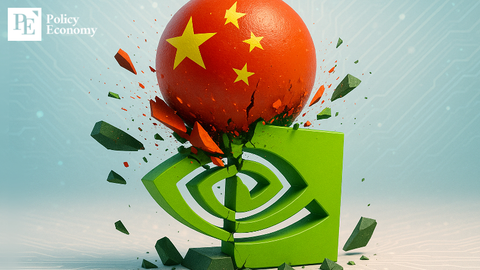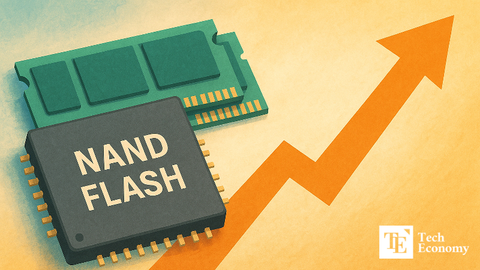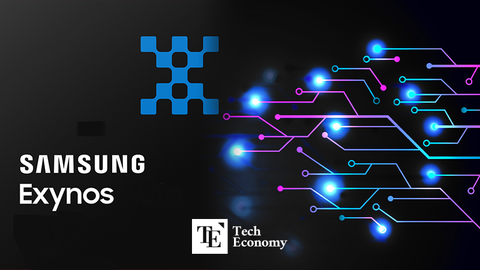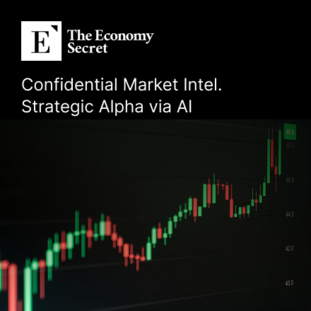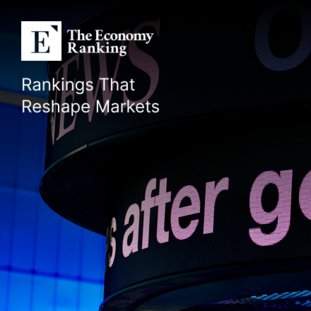"Couldn't withstand oversupply" — Chinese solar panel industry falls into a series of losses.
Input
Modified
Chinese Solar Companies Face Profit Slump Crisis Oversupply Outpaces Demand, Undermining Profitability “They've Held Out This Long” — Market Now Watching Production Efficiency Closely
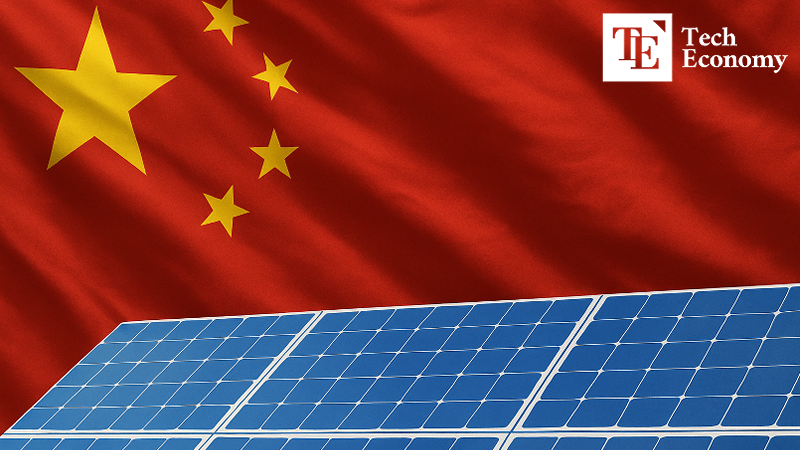
Major Chinese solar panel manufacturers recorded consecutive losses last year. The sharp decline in panel prices, driven by oversupply, is believed to have significantly weakened overall profitability.
Crisis in China’s Solar Industry
According to a May 6 report by Nihon Keizai Shimbun (Nikkei), seven major Chinese solar panel manufacturers recorded a combined loss of 27 billion yuan (approximately 5.2 trillion KRW or about 3.7 billion USD) in 2023. It marks the first time these companies have reported losses since comparable statistics became available in 2017. Among the seven companies, five—including Longi Solar, which holds the world’s second-largest market share—posted losses. JinkoSolar, the industry leader, remained profitable but saw its earnings plummet by 98%.
The primary reason cited for the decline in performance is oversupply. Global demand for solar panels surged following the outbreak of the war in Ukraine in 2022. According to the International Energy Agency (IEA), the newly installed global solar panel capacity reached 242 GW in 2022—a 40% increase from the previous year. That figure rose to 456 GW in 2023 and is expected to hit 602 GW in 2024.
However, Chinese firms, which dominate the solar panel market, ramped up production capacity significantly, reversing the market situation. As supply far outpaced demand, China offloaded its excess inventory overseas at rock-bottom prices, causing panel prices to plunge. By the end of 2024, solar panel prices had fallen to 9 cents per watt—about 70% lower than in early 2022.
How Did They Achieve Production Efficiency?
The market is taking note of the fact that Chinese solar companies are only now reporting their first financial losses. One industry insider commented, “The downturn in earnings due to oversupply was inevitable. What’s significant is that Chinese solar companies managed to hold out without incurring losses until 2023.” He added, “Their overwhelming production efficiency seems to have acted as a shield against financial decline.”
In fact, Chinese solar firms have optimized their efficiency by vertically integrating their supply chains and making active use of the country’s vast land resources. Solar module production begins with polysilicon as the raw material, followed by ingot, wafer, cell, and finally module stages. Among these, the ingot, wafer, and cell production stages are particularly electricity-intensive—electricity alone accounts for about 40% of total production costs.
To address this, Chinese companies have strategically located their manufacturing facilities in regions where electricity is inexpensive, such as Xinjiang Uyghur Autonomous Region, Inner Mongolia, and Yunnan Province. Xinjiang and Inner Mongolia offer broad desert landscapes with abundant sunlight and wind, allowing for large-scale solar and wind power generation, which in turn provides low-cost electricity. Yunnan, located in the upper reaches of the Yangtze River, benefits from widespread hydropower infrastructure, enabling similarly low-cost power access.
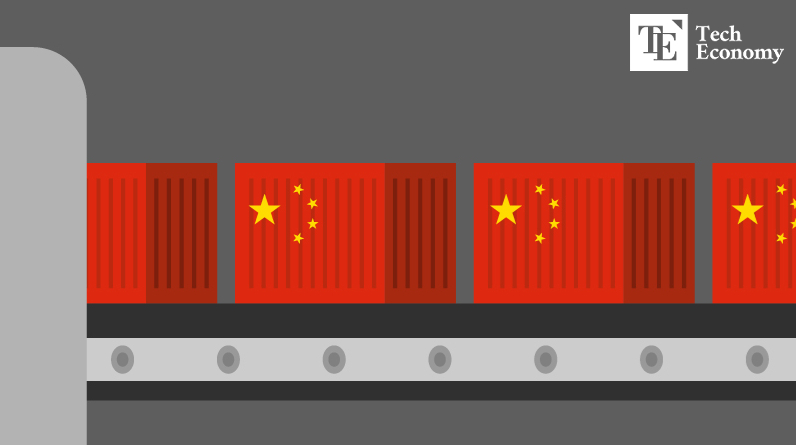
Breaking Through the Market with ‘Economies of Scale’
An overwhelming economy of scale is also a key factor in lowering production costs. In the solar module industry, average unit prices fluctuate easily with production volume, and in China, there are as many as seven companies with annual production capacities exceeding 50GW. It is estimated that 15 to 20 companies produce more than 10GW of solar panels annually. This marks a significant gap when compared to Korean, American, and European companies, whose average production capacity hovers around 10GW.
Small and mid-sized companies supplying related components also rely heavily on economies of scale. A representative from a Korean SME remarked, “While Korean small businesses typically generate around USD 3.6 million in annual revenue from component manufacturing, their Chinese counterparts producing the same parts make around 30 billion won USD 21.7 million. That naturally leads to a noticeable difference in average unit prices.” He added, “Moreover, the average monthly wage for workers at Chinese SMEs is just about USD 870 , which is extremely low.” Despite the price advantage, he emphasized that “there is virtually no difference in technological capabilities.” The conversion efficiency of solar modules—meaning the percentage of sunlight converted into electricity—for both Chinese and Korean modules is known to be in the 25–30% range.
The problem, however, is that even Chinese companies armed with such cost competitiveness have not been able to overcome the broader market downturn. One industry expert explained, “In the solar panel market, supply still far outpaces demand, leading to inevitable price dumping to liquidate excess inventory.” He added, “Chinese solar companies have so far maintained profitability thanks to their overwhelming price competitiveness, but with the ongoing bleeding competition due to oversupply, it will be difficult to reclaim past glory. Moreover, the extreme tariff policies under the Trump administration in the U.S. have emerged as another major headwind.”
Just last month, the United States imposed steep tariffs on solar panels produced in countries used as indirect export routes by China, including Cambodia (3,521%), Malaysia (34.4%), Thailand (375.2%), and Vietnam (395.9%).


